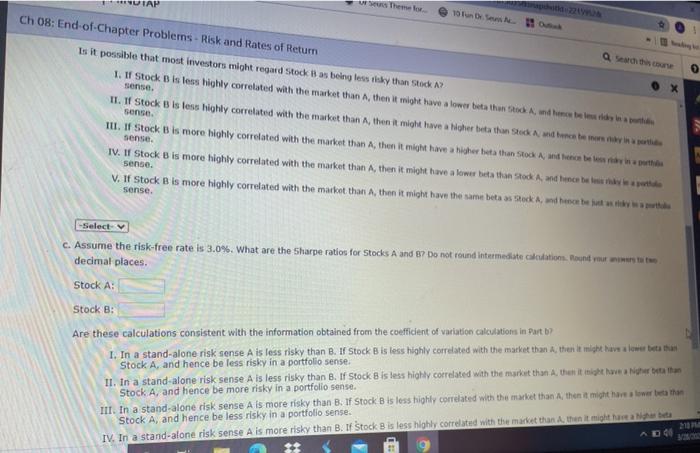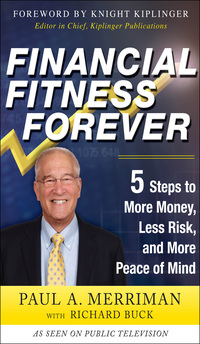of Return ve the following probability distributions of expected future returns: Probability H 0.1 (14%) (29%) 0.4 5 0 0.2 14 18 0.2 25 0.1 47 a. Calculate the expected rate of return, 78, for Stock - 10.00%) Do not round Intermediate calculations. Round you to decimal plan 96 18 39 b. Calculate the standard deviation of expected returns, os, for Stock A ( - 19.66%.) Do not round Intermediate actions. Round your sweet twee decimal places DAN % Now calculate the coefficient of variation for Stock B. Round your answer to two decimal places Is it possible that most investors might regard Stock B as being less risky than Stock A? 1. If Stock B is less highly correlated with the market than A, then it might have a lower beta than Stock A, and hence telesky portal sense II. If Stock B is less highly correlated with the market than A, then it might have a higher beta than Stock A, and hence be more marina portale sense III. If Stock 8 is more highly correlated with the market than A, then it might have a higher beta than Stock A, and hence be less sense IV. If Stock B is more highly correlated with the market than A, then it might have a lower beta than Stock A, and hence best in portfolio sense If Store is more highly correlated with the market than A, then it might have the same bets as Stock A and hence be just as risky in portfolio 10 ore Search Ch 08: End-of-Chapter Problems - Risk and Rates of Return Is it possible that most investors might regardstock B as being less risky than Stocks 1. If Stock B is less highly correlated with the market than then it might have a lower beta than stod Andmeside sense. II. If Stock B is less highly correlated with the market than A, then it might have a higher beathan Stock sense III. If Stock B is more highly correlated with the market than A, then it might have a higher beathan Stock and be sense IV. If Stock B is more highly correlated with the market than A then it might have a lower beta than stock and hence sense. V. If Stock B is more highly correlated with the market than A, then it might have the same bets as Stock A, dhe sense -Select- c. Assume the risk-free rate is 3.0%. What are the Sharpe ratios for Stocks A and B? Do not found intermediate calculation on your decimal places Stock A: Stock 8: Are these calculations consistent with the information obtained from the coefficient of variation calculations in Part 2 I. In a stand-alone risk sense A is less risky than B. If Stock B is less highly correlated with the market than then it might have a lower beatha Stock A, and hence be less risky in a portfolio sense. II. In a stand-alone risk sense A is less risky than B. If Stock B is less highly correlated with the market than that it might have a higher than Stock A, and hence be more risky in a portfolio sense. III. In a stand-alone risk sense A is more risky than B. If Stock B is less highly correlated with the market than then it might have a lower breath Stock A, and hence be less risky in a portfolio sense. IV. In a stand-alone risk sense A is more risky than B. If Stock B is less highly correlated with the market than then it might hastaba AD








